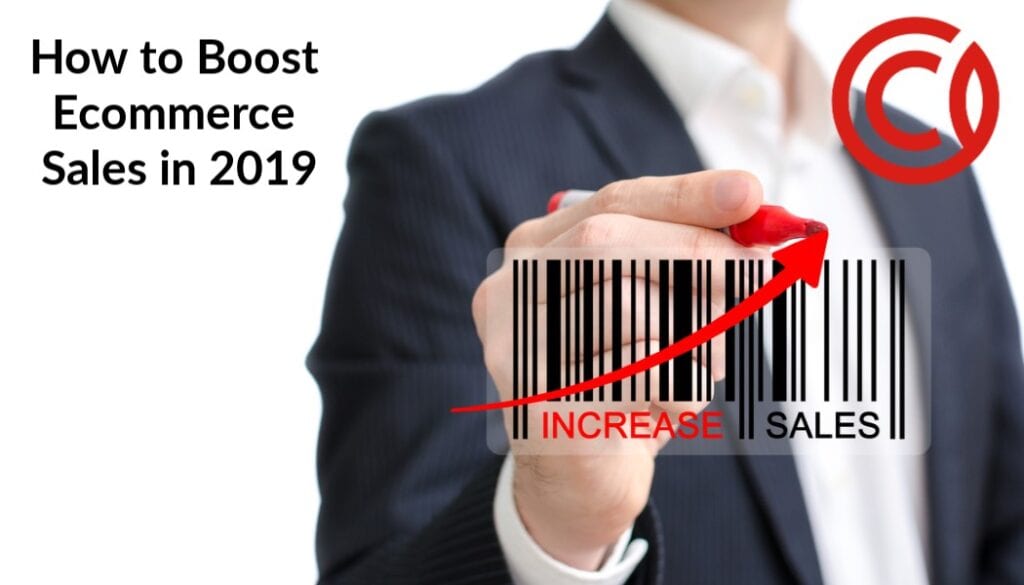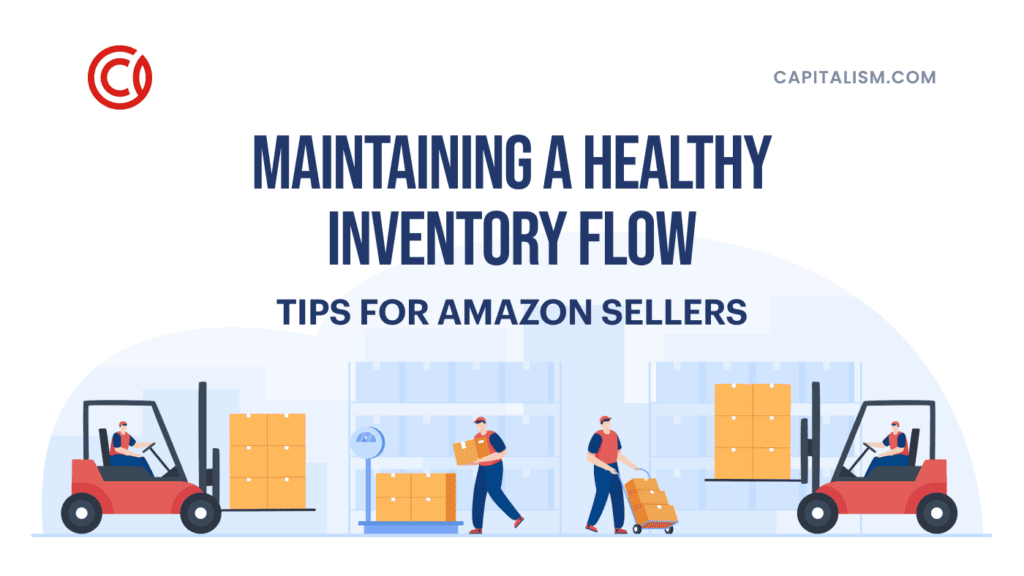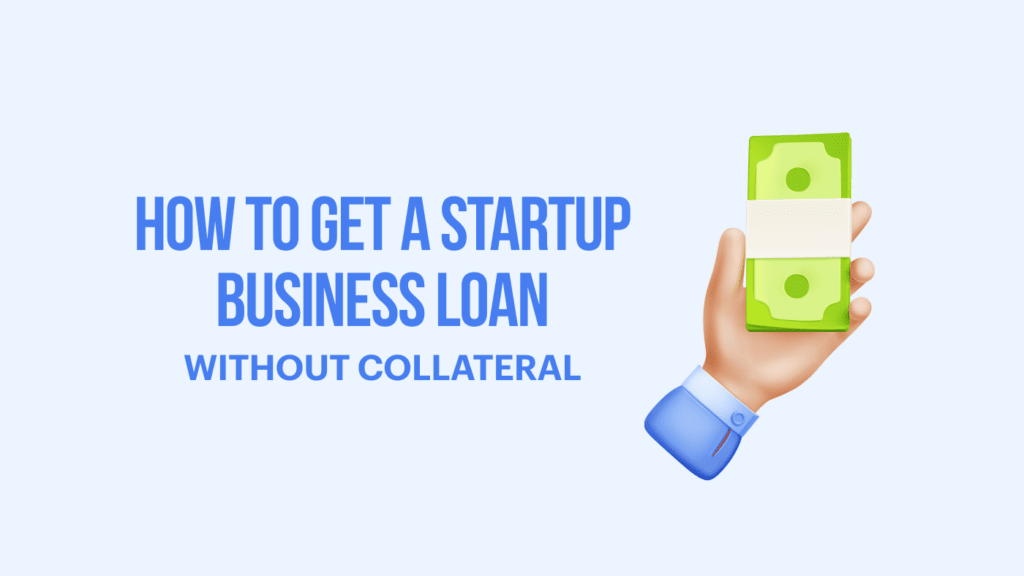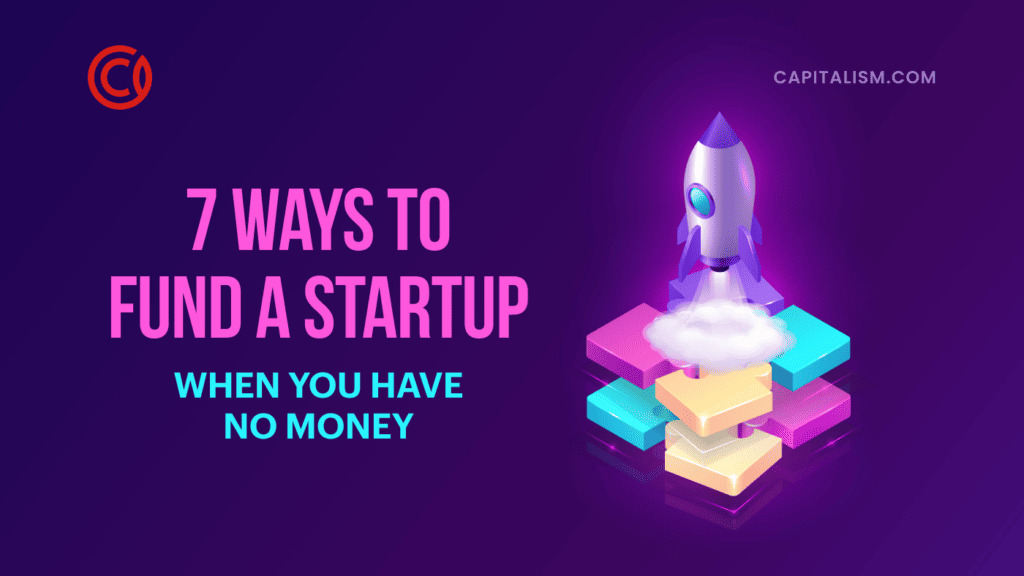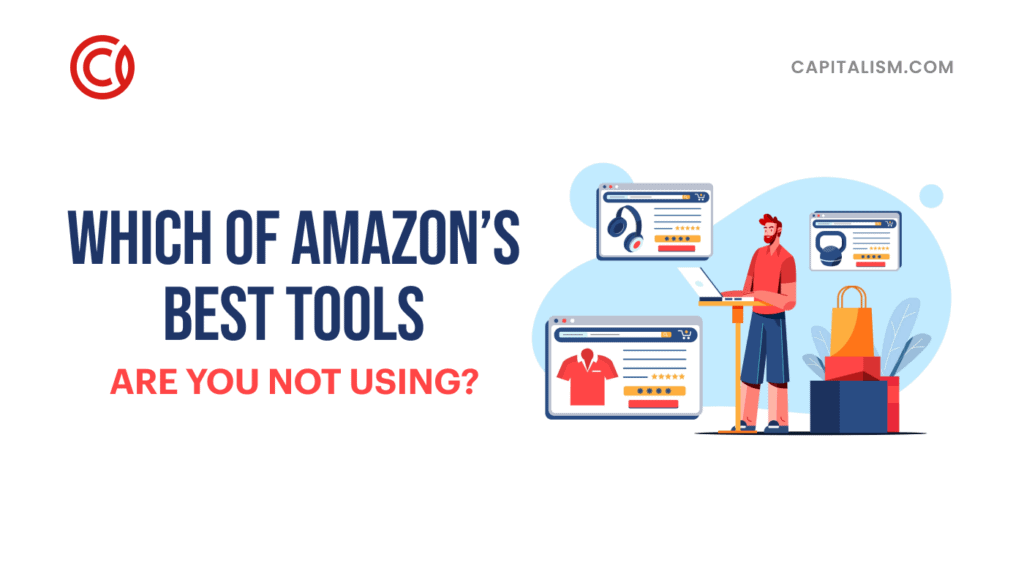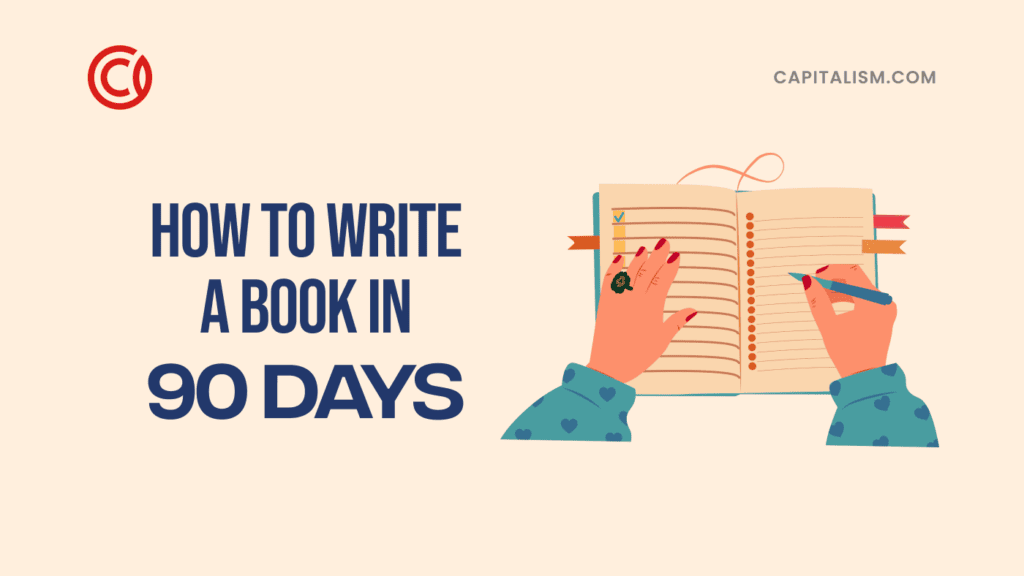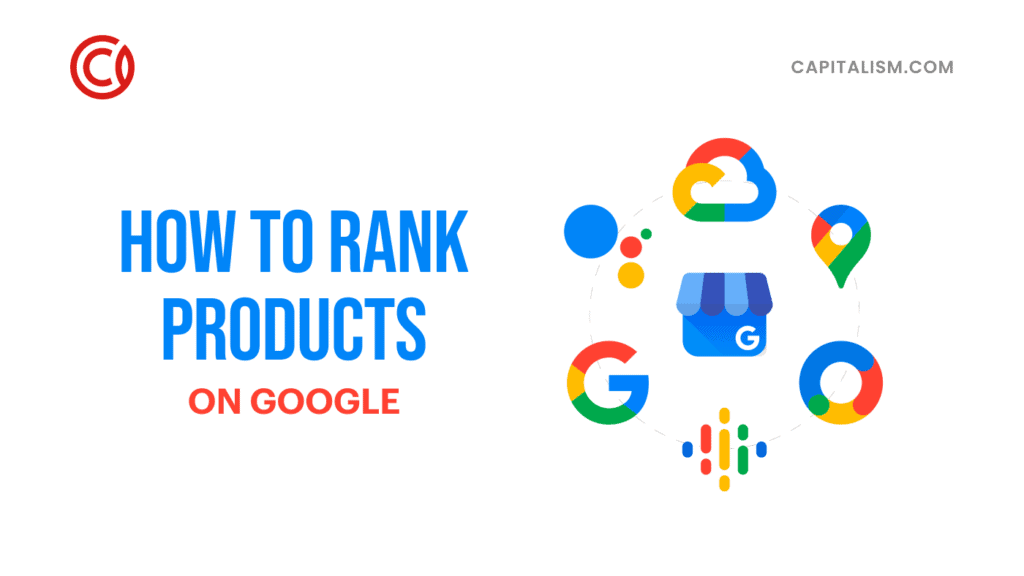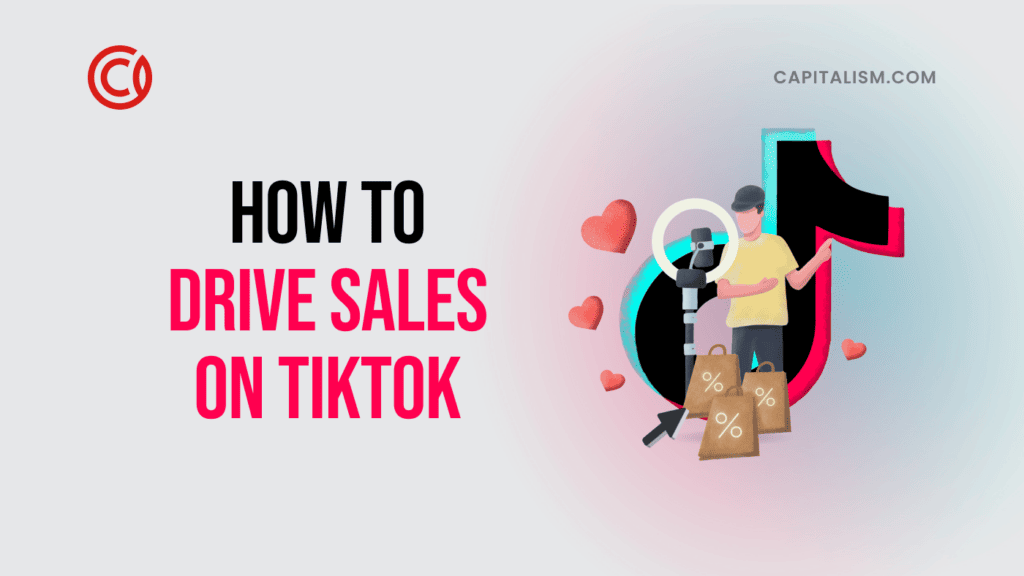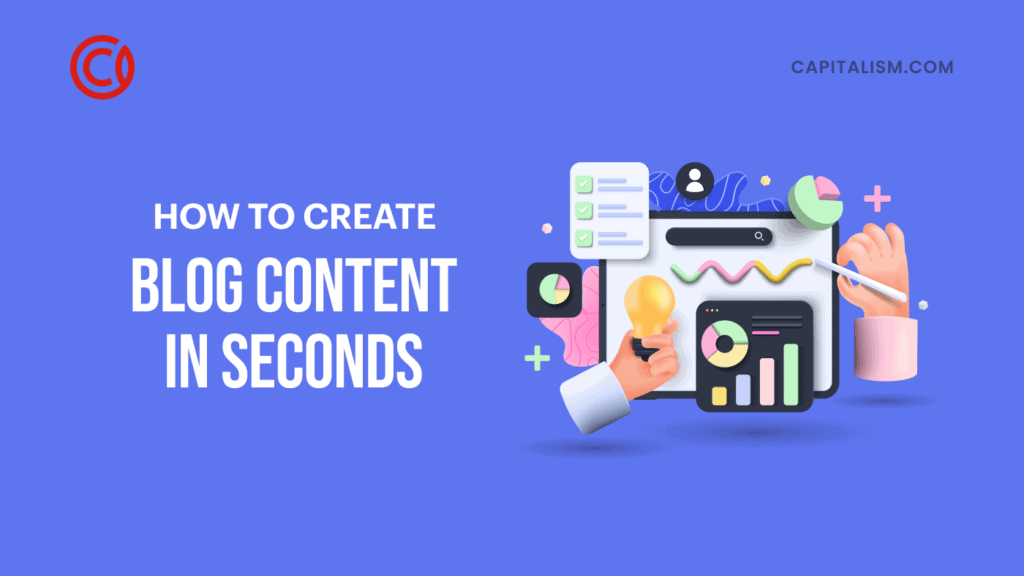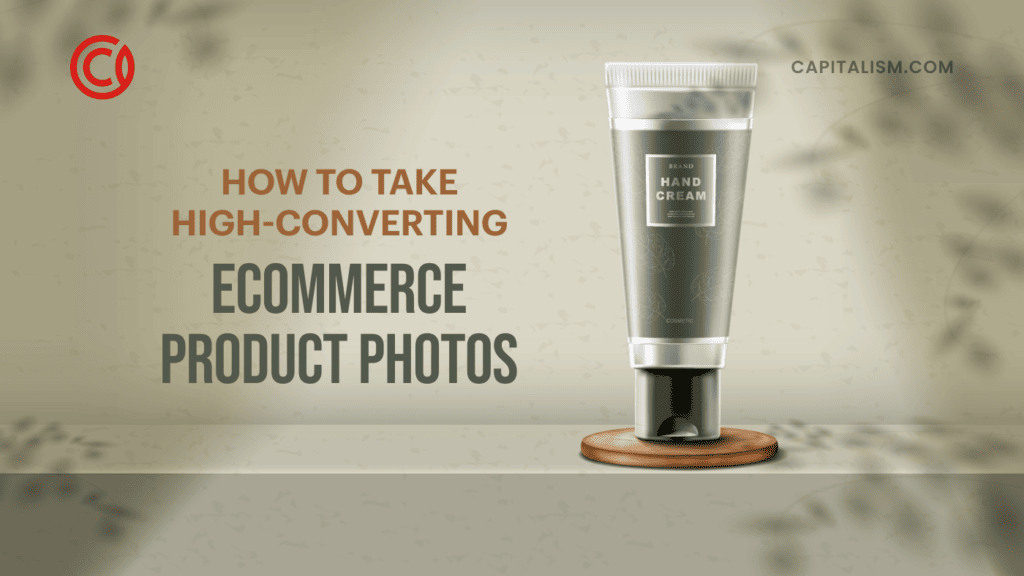Boost Ecommerce Sales
You did the math. It might just work, this last-ditch effort to boost ecommerce sales by slashing your prices, practically giving your products away. Just this once. Maybe your customers will come back and buy more. Maybe they’ll leave you some glowing reviews and that’ll be the spark you need to finally get some traction.
At least, that’s the hope. Maybe your last hope for making this whole ecomm business work, if you’re brutally honest with yourself.
If selling stuff were as easy as everyone says, why do 37,700,000 results come back for searches like, “How can I increase my sales quickly?” Skim through the articles on the first page, and you’ll find a whole lot of tactical advice - and some of it will work.
You could certainly chase after the tactic of the month to generate more sales, just hoping to keep your cash flow in the black, of course. But what if you could step back, get off that roller coaster, and go after what probably enticed you into this business in the first place?
What if…
- You could build the kind of sellable asset that would set you and your family up for life?
- You never spent another night tossing and turning, worrying about how you’ll keep your store afloat?
- Your business became invulnerable - to imitators, platform evolutions, bargain basement competitors?

Our Promise: We’ll get into tactics you can use, including how social media can increase online sales. But if you’re serious about scaling your business, building strong, and winning loyal customers for the long-term, we need to start by addressing a hard reality.
Want to Boost Ecommerce Sales? It’s Going to Take Time or Money
I know what you’re thinking…
It’s a chicken and egg thing. If you had “extra” money lying around, you wouldn’t be searching for advice on how to grow ecommerce sales. You’d just hire an advertising whiz to do it for you. If you already had “extra” time, it would probably be because your business was generating so many sales that you could finally come up for air and enjoy some of that freedom that drew you into ecomm in the first place.
Besides, many ecomm owners have their money tied up in inventory. Over and over, they’ve heard, “Debt is bad. Debt is dangerous. Debt will cripple your business and leave you ruing the day you took such a foolish risk by borrowing.”
And this is where people run into trouble.
Actually, It’s Funding Your Own Inventory That’s Stupid
Let me clarify. Funding your own inventory after you’ve got proof that people will buy your products is stupid. Many brand owners in the Capitalism.com community have grown seven- to eight-figure businesses - starting with less than $5,000. They bootstrap, putting their own money at risk to start, often seeing that investment turn into monthly revenue of $100,000 or more.
A safe way to generate a nice ROI, right?
On the surface, sure. But it’s also a sure way to hit the kind of plateau that’ll paralyze you, a state that’s anything but safe. Why? Because it’s like going into a fight with one hand tied behind your back. Without margin, you can’t make good moves, jump on opportunities, or recover from failed tests.
It’s this stubborn determination to self-fund that leaves business owners puzzled, lamenting, “I’m selling $200K a month - but I’m STILL strapped. I can’t even afford to hire people to help me… in fact I can’t even pay myself.”
Huge mistake.
The worst part of having your money tied up in inventory - a consistent, predictable expense - is that you can’t invest it in multipliers that could deliver an exponentially higher ROI. That’ll leave you scraping by, desperate to increase your sales, stuck with perpetual cash flow problems.

Debt Is a Tool
There’s a reason they call debt leverage. If you remember back to your high school science class, you know that a lever makes it easier to increase force. (“Give me a lever long enough and a fulcrum on which to place it, and I shall move the world. ” ― Archimedes.)
Used foolishly, debt can get you in bigger trouble faster than if you hadn’t borrowed. But used wisely, it can create bigger returns faster than if you’d used your own money. It’s not debt itself that’s good or bad, but how you use it. You just have to know the potential upside and downside, and use the tool appropriately.
Ideally, you can put your money where it’s got the best chance to grow your business with very little risk. Some examples with a low initial cost and the potential to deliver high ROI:
- Investing in yourself, whether through education, mentoring, or opportunities to network with people who can help you grow (attending events, participating in mastermind groups)
- Buying advertising or traffic
- Building your list of customers
- Research and development for new products
- Hiring help
- Buying tools
- Testing different distribution channels and strategies
Obviously, there’s no guarantee that you’ll get a return from any of those investments. But the potential is there for an exponential return - and in many of these examples, your outcome is well within your control.

Here’s an example that illustrates why using other people’s money (OPM) to buy inventory yields a better return on investment than funding it yourself:
If you take a $100,000 loan to fund your inventory, you will likely pay between 5-10% in interest. That’s a total cost of money of $5,000 – $10,000 (and you pay it out of future profit!). Instead of paying $100,000 for inventory, you only pay $10,000, because you are utilizing debt.
Initial cost before utilizing outside capital: $100,000
Cost after utilizing outside capital: $10,000
If you would typically profit $200,000 from selling your purchase order, than you would normally stand to see a 200% ROI. But since you only spent $10,000 (the interest paid on the debt), your ROI is now 2,000%!
ROI using your own money: 200%
ROI using someone else’s money: 2,000%
More importantly, you have freed up $90,000 in capital that you can put into other multipliers, ultimately growing your business to where you’re not constantly asking yourself, “How can I increase my online sales quickly?”
Let that sink in for a moment. Think of how much you spent the last time you bought inventory. Now, take that number and jot a quick list of multipliers you could have poured that cash into instead. Which one seems like it would move the needle most dramatically? What kind of ROI could you reasonably expect with that kind of leverage?
Get it now? If so, your mind is already scrounging for funding sources you could tap.
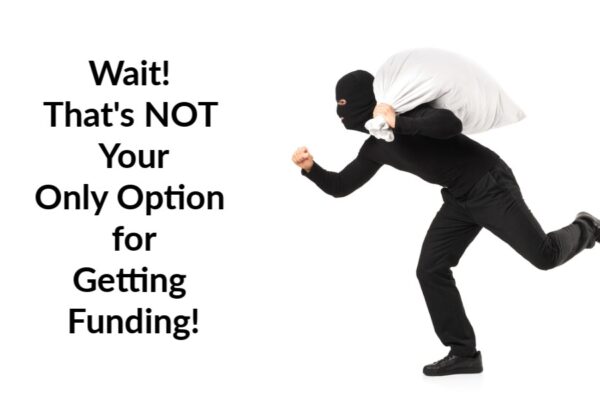
Before You Go Rob a Bank...
That may be the only way they’ll fund you. After all, getting funding is a big enough challenge when you have a business banks understand. Even though e-commerce has been around for nearly two decades, traditional lenders don't always get it. Underwriters get nervous when they see our numbers. What we're doing must seem completely reckless to them. This scenario gets even dicier for overseas merchants. These sellers face local banking industries that could be even less sophisticated.
Of course, there are other funding sources available. Even Amazon itself issues loan offers to some of its merchants. On the surface, some of these offers look enticing. But a closer look at the terms reveals a problem. Their cash advances may be too short-term to do much good. They'll provide capital for the next payment cycle and nothing more.
As usually happens when there’s a glaring gap in the marketplace, someone’s created a solution. Where banks can’t seem to wrap their brains around this business model well enough to underwrite e-comm inventory purchases - and Amazon’s funding doesn’t quite meet our needs, they’re not the only options. Ricardo Pero’s SellersFunding.com serves online sellers with the sort of agility and industry comprehension that makes getting funding way easier. They created a sales forecast tool that projects up to twelve months into the future. Their proprietary scoring system makes longer-term loans workable.
This long-term coverage and flexibility creates opportunities - and does so quickly. As you know, the speed of money makes the difference between winning and missing out. Sellers sourcing goods outside the United States need to pay foreign manufacturers up-front. Between the time required for shipping and making products available for sale, it can take 100 days before sellers receive their first payment. Having a forecast that extends far enough to encompass all this allows for more accurate and thorough projections.
“There are other options for merchants in need of capital -- Amazon, for one, offers loans to high-quality sellers,” says Ricardo. “Still, our clients receive personalized treatment. Once a seller signs on with us, we monitor their sales performance. We work with them as needed if their growth rate changes. This flexibility also extends to alternative sources for funding. That's particularly useful for clients who want to expand beyond Amazon’s platform.”

Although Amazon Lending can get the funding some sellers need, the service is overall very impersonal and not always easy to access. Sellers can’t apply, as Amazon needs to invite you. Beyond that, sellers do not get to negotiate, ask for renewals, or increase the amount of capital. To make matters worse, when Amazon lends, they own your store, receivables, and inventory. If you don’t also rely on alternative funding sources, an issue with Amazon could lead to losing everything. In every way, that’s an “eggs in one basket” situation.
It’s advantageous, then, to have the flexibility needed to diversify away from that marketplace. It’s also a good idea to have a lender who understands your needs and has invested the resources to deliver on them. While many online lenders serve small businesses, that's a broad category. SellersFunding’s focus is on e-commerce. “Our vision is becoming the leader in that space, lending based on metrics that make sense for those e-comm sellers. When your lender knows how much you need, and when, it becomes a lot easier to keep growing and earning more,” Ricardo said.
Need Funding?
The application process at SellersFunding.com takes about five minutes. You'll grant access via the Amazon API. Once the analysis finishes, the system generates a report. The amount of time this takes depends on how long the seller’s history is. A more extensive amount of information requires more processing time. Once they’ve had time to go over the data internally, they typically make an offer within a day.
If the seller accepts, then it’s a simple matter of exchanging some documents. This often happens within just a couple of days. With traditional banks, it could take three to four months. One of Ricardo’s team members used to do small business lending for Chase, still says he's shocked to see how fast they can fund. He says the difference between the two application processes is like the difference between wine and water. The clients whose lives get changed when they see the possibilities now open to them feel the same way.
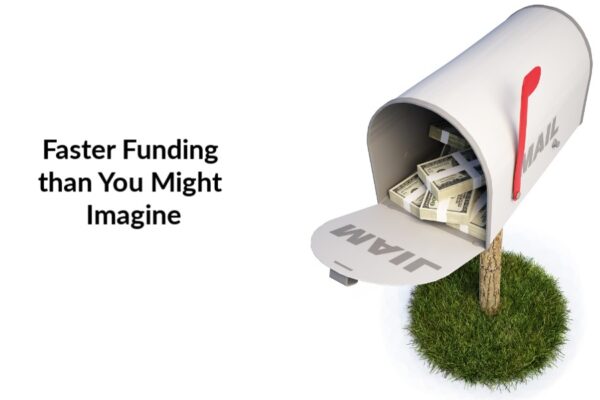
First Things First If You’re Asking, “How Can I Generate More Sales?”
Even with virtually unlimited access to capital, though, if you’re making the same mistakes the bulk of sellers make, it’s going to be rough going. You’ve probably heard the horror stories about competitors knocking off products and pricing wars that squeeze smaller sellers out of the market. You know from your own online buying habits - particularly on Amazon - that it’s not uncommon for consumers to not even know the name of the brand behind their purchases. It’s rarer still for them to feel connected or loyal to those brands. Rare, but definitely not impossible!
Ecomm business owners who bypass that whole struggle to generate more sales aim to build a brand - not just sell products. There’s a huge difference.
It’s a short-term play to throw some products into your online store and make sales. You might be able to compete on price (for a while, at least). You’ll need to get a ton of reviews and hope you don’t attract the attention of competitors with deeper pockets, better ecommerce marketing ideas, or the ability to improve on your product and squeeze you out of contention. If that’s how you want to build, you’re going to need to be vigilant in watching your space and agile enough to jump to the next thing quickly enough to avoid getting burned.
Taking a longer view will ultimately be a lot less stressful. By building a brand, you’ll gain a loyal audience that buys from you again and again because they have a sense that you made your products JUST for them. They’ll resonate with your values and be grateful for your initiative in bringing your products to market. Also, they’ll have so much buy-in on the mission and story you have in common that price sensitivity takes a backseat in their buying decisions.

How Do You Build a Brand Instead?
Know how one of the most alluring aspects of selling online is that you can do it from anywhere, in your pajamas, never having to talk to people if you don’t want to?
Well, throw that out the window.
If you want to build a 7- or 8-figure brand (or even more, really), talking with “your people” is not optional. You’ve got to get to know them, what their story is, why they want what you sell, how it impacts and improves their lives and sets them up to succeed in what matters most to them.
Yes, you can and should do some online research to find this out. Surveys are nice, too. But there’s no substitute for actually talking with people in your space. That’s how you can find out their real stories and flesh out your buyer persona. Plus, when you show up personally rather than hiding in anonymity, you give your customers a reason to feel loyal to you.
It’s a little like when you were a kid running a lemonade stand (you did that too, right?). Your neighbors certainly could have gotten a cool beverage - probably one that tasted better - at home. But they stood in line, flipped a quarter into your Dixie cup, and bought a cup from you. Why? Because they liked your moxy. They wanted to encourage your industriousness. Maybe they hoped your parents would show similar support when their kids came around with a school fundraiser. In short, they bought because they were vested in the relationship.
Now, imagine it’s not warm, watered-down lemonade. If you’re selling something they actually want, even need, and they’ve developed a fondness for you because they know you’re working hard to create that thing they really want… now it gets personal.

They’ll help you by buying from you, leaving great reviews (imagine never having to beg or bargain to get reviews again), and telling their friends. With smart storytelling on your part, they’ll even come to see you as a crucial ally in their “hero’s journey.” You can choose the supporting role you’ll play for your people:
- A mentor helping them find their way, like Morpheus from the Matrix, Dumbledore from Harry Potter, or Glinda from the Wizard of Oz
- An ally traveling the path with them, like Batman’s Robin, Harry Potter’s Ron or Hermione, or Dorothy’s Tin Man
- A herald who sets the whole journey in motion, like R2D2 in Star Wars or Effie in the Hunger Games
By truly connecting with your people, you’ll find it easy to give them exactly what they want. They’ll give you feedback on your ideas, prototypes, and product iterations. They’ll want to hear from you regularly. They may even rush to your side to promote your business and to defend you from trolls - just because they’ll feel a sense of loyalty to you because you’re helping them create what they really want in life. Ultimately, you’ll build a brand valuable enough to sell for a big payday - and you’ll do it faster and easier than you might imagine possible.
If you’re reading this and your stomach just dropped because you don’t have that kind of relationship with your buyers - or any relationship at all - breathe. It’s not too late.
You can always shift your focus to brand-building even this late in the game. Kind of like using a content marketing strategy, building a brand is a long-term move. It won’t happen overnight, and it certainly won’t create steady sales tomorrow. But if you’ll devote your attention to building a cohesive brand, growing a following, and talking with your people, you’ll find it’s well worth the effort. Now, instead of working your face off all the time, you’re building a wealth machine that will pay you for a long, long time.
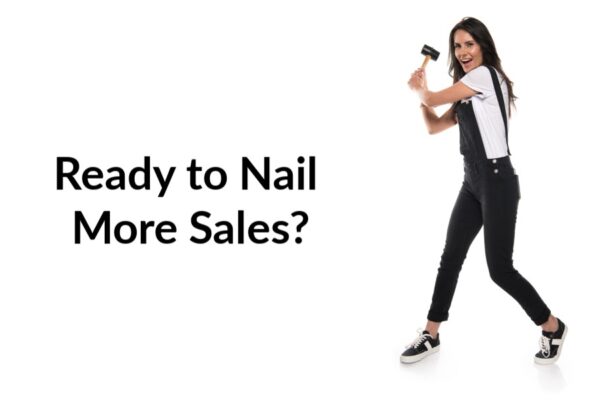
OK, Now You’re Ready to Scale and Boost Your Sales
Whether you’re selling on Amazon, trying to boost sales on Shopify, or both, there are ten major thrusts you can focus on to improve ecomm sales. We’ll go into each one here.
- Paid traffic
- Micro-influencers
- Targeted mailing lists
- Amazon Pay Per Click
- Optimizing your offers
- Increase ecommerce traffic
- Facebook Groups
- Content Marketing
- Nurturing your leads and following up with your customers
- Making it easy to buy from you

#1: Paid Ads to Increase Sales
Before we go further on this Amazon and Shopify marketing strategy, it’s important to understand the current advertising landscape and where we are in the ecommerce business model’s life cycle.
If you look at a company like Brawny, Charmin, Tide, or Dawn soap, any of the big common household brands have pretty much had a foothold in the marketplace for decades. That's starting to change and the barriers to entry are falling.
Those big companies don’t typically make a dime on their ads. Not even close.
But if these big companies aren’t getting a return on their ads, why are they spending so much money on them? It’s all about long-term valuation. The more sales and revenue go up, the higher the stock price, and the higher the company’s valuation. The long view here is that your goal is to build a high valuation company and create profit for the purpose of increasing that valuation.
Most internet business owners will simply look at the cost of advertising versus the profit that comes from the sale. That's short term thinking. If you want to win, you’ve got to think like the big guys and play like the small guys. In doing so, you win.
When most people are looking at advertising they ask, “If I spend $100 on Facebook ads, will I create $200 in product sales and profit?”
If that is your game, you're going to lose.
You have to remember there are people behind every purchase, there are eyeballs behind every action and it's our job to give them the bait that will ultimately get them to bite our hook, which is to buy our product, to become a fan of our brand, and to repeat buy which will increase the valuation of our company. The name of the game is getting leads and selling more things to those leads.
That’s why it makes sense for a multibillion dollar company like Dawn to spend millions of dollars on advertising for TV ads knowing that they're not going to get an ROI on the ads for three, six, even 24 months.
Your job is to acquire customers. You can do that through hustle, you can do that through PR, you can do that through working your face off, or you can do it through advertising. As long as you're okay with the fact that advertising is not a magic button that prints money, you’re on the right track.
With that in mind, you can use social media to increase online sales. Let’s take a look at two excellent paid traffic tactics: Facebook and Instagram ads.
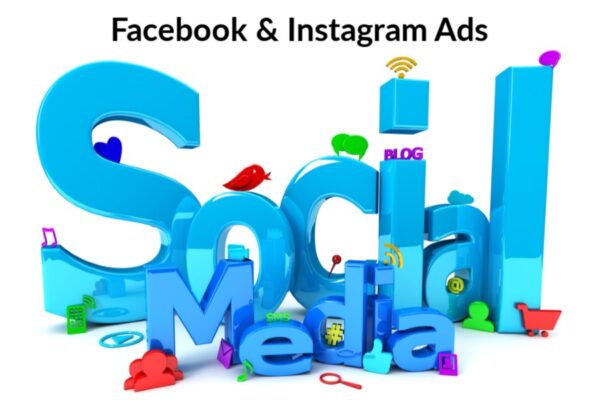
Paid Ads: How Social Media Can Increase Online Sales
Facebook ads have the most scale, Instagram ads have the highest conversion as of 2019. The reason is Instagram ads allow you to demonstrate how people use your product. You want people to be able to see what it will be like to have that product and use it themselves.
The real estate on Instagram ads is the largest of any other advertising source. Instagram ads take up the whole screen. That means you still have dedicated attention to Instagram ads. In addition, Instagram swipe-up ads represent some of the most cost-effective advertising in the world as of right now. Facebook ads will still go up over time but they're still cheap in terms of the overall advertising landscape. What this means is you have a lot of opportunities to be able to drop a message in front of your target market and bring them into your sales funnel.
Pro Tip: Don’t spend money on Instagram or Facebook and send traffic to Amazon. Instead, send them to a lead capture page. The point is not getting the initial transaction; it's building up a snowball over the very long-term.
Be willing to put at least $500-2,000 dollars a month into Facebook and Instagram ads. Go low at the beginning until you figure out what works for you. Do that for three months, make some sales, experience some frustrations, and you'll get to understand the platforms. Do a little research, in particular, to find out how to use ad extensions, retargeting, look-alike audience, and contextual ads (AdSense).
An Alternative to Ads
You could also go to people who have built their followings on Instagram, YouTube, or a podcast, and sponsor them. Just pay the people who have already built their audiences on those platforms and you do one-time ad drops.
If you can't tell, one of the common themes here is networking, being willing to connect with people who have influence, who have audiences, and who have connections in your industry. If you are not constantly opening up relationships, you're depending on algorithms and technology to give you results. All of the big swings upward come from the connections you make. When you get featured in front of a big audience, everything changes. This is why I keep pounding it into your head to think about people more than product.

#2: Micro Influencers Help You Sell More Product
Micro influencers may the most overlooked opportunity on the internet. Most people approach influencers like YouTubers, Instagrammers, or popular bloggers. Most reach out with the mentality of, “If I pay you this amount of money, will you talk about my product?” That's the wrong approach.
That's a good way to get a short-term bump in sales. But it’ll send you back into that cycle of desperately looking for new ways to increase your sales. We want you to get out of panic mode for good.
So, what if you could build up a group of micro influencers who’ll talk about you for a really long time instead? As their reach grows, so do your sales.
How do you do this? Get them to say the smallest “yes” possible. That could be:
- Sharing your content with their audience
- Letting you interview them on your podcast (or in another format)
- Having them try your product
Relationships are like bank accounts. You have to make deposits in order to get interest. Then you can cash a check. Likewise, you can't go to the relationship store and just make a withdrawal. You have to make deposits into the relationship first. Give a lot and then ask. Relationships are not built overnight and neither are companies.
Why micro influencers? They’re easier to get ahold of than the big ones because they're not being bombarded as much. Look for someone who has 10,000-100,000 followers.
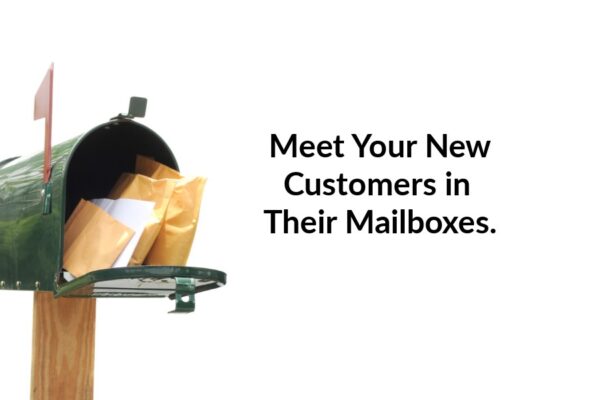
#3: Targeted Mailing Lists Scale Sales
Did you know that you can rent lists of people who have bought certain products within the last 90 days? Did you also know that there are businesses that do not exist on Amazon.com that sell similar products to yours?
They need products like yours to promote as an up-sell to the rest of their buyers. These companies acquire customers by doing what's called ride along offers (inserts) in each other's packaging.
For example, let’s say you sell a car detailing product. You could connect with a company that sells car floor mats. You could put inserts in each other's packaging, advertising these complementary products. Do it as a swap or pay per insertion. This is really sexy because you're only getting in front of other people's buyers - not prospects - and if you pay per insertion, your partner gets free cash flow that doesn't cost them a cent. You are monetizing their “dead space” while getting a steady stream of extremely targeted customers.
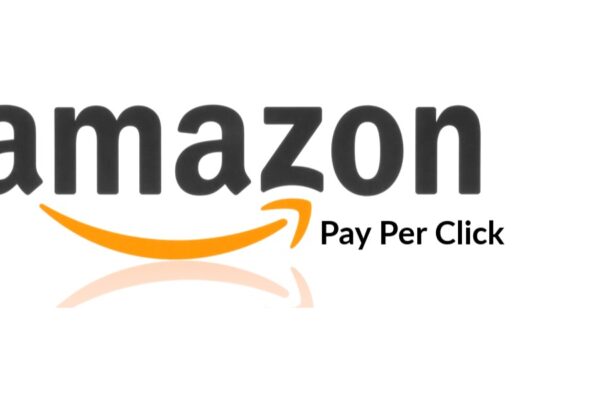
#4: Amazon Pay Per Click to Get More Sales
Amazon pay per click is a beautiful direct response source for sales. What most people think is that the goal is spending $10 to make $20 and that's not it. The beauty is in the long-term, getting buyers to come back and buy more.
The longer you are in the game, the more that that snowball builds up because you have repeat customers, crossover sales, and a growing base of reviews. It doesn’t happen overnight. Rather, it’s like lighting a fire that makes that growth happen faster.

#5: Optimize Your Offers to Sell More Products
Remember way back to when we were talking about building a brand instead of just selling some products? Doing that well involves talking with your audience to get their feedback.
When you do so, not only will you figure out how to make your product better than its competitors. You’ll also learn everything you need to know to make your prospects and offer they’ll find so mouth-wateringly irresistible that they can hardly refuse.
Take what you learn from talking to your people - and especially your buyers. Now, your brand story is not like an About Us page. It’s more like an “About Them and How They Use This Product to Live a Better Life” bit. You can use your brand story everywhere you have a customer interaction.
Making better offers is NOT about dropping your prices. It’s about making it obvious to a shopper that what they need is exactly what you’re selling. This doesn’t mean heavy-handed hype - it means taking your buyers’ real life into account and helping remove any obstacles that might keep them from getting what they really want.
Tweak your shop’s product descriptions so they better reflect your brand story. Focus on the benefits of your product - not just the features. If you’ve got particularly innovative features, of course, feature them! But the goal is to show up authentically, support your people in reaching their goals, and help them along the way with your products.
Some practical tips:
- Invest in high-quality images. Don’t skimp, and don’t use someone else’s images. Hiring a professional product photographer would be an excellent use of some of your marketing budget.
- Build cross sells, upsells, packages, and kits into the mix. Getting customers to the point of sale is the hard part. Once they like and trust your brand enough to make a purchase, make it easy for them to get everything they need at once.
- Invest in great sales copy. This is not Ginsu chopping knife commercial time… it’s about being genuine, speaking your audience’s language, answering their silent questions, and addressing any objections.
- Use legitimate urgency if you can. It’s been said that “Nothing sells like a timer.” If you’re shopping for airline tickets and see that only two seats remain on the flight you’re considering, you’re probably going to hurry a bit to make sure you get those seats. The same holds true in many buying processes - just look at Black Friday sales. Look for ways you can add urgency to your offer, whether it’s supply-based (only 87 in stock), time-based (sale ends at midnight), or calendar-based (summer starts in 23 days).
- Publish legitimate testimonials and reviews. People read the reviews. They trust them. Make it easy for your buyers to leave reviews - but do it right. You can’t incentivize them. But if you’ve done a stellar job of finding out exactly what your audience wants to buy, then giving it to them in your product, they’ll be more inclined to leave a great review. Don’t be shy about asking; just don’t do so in a way that gets you in trouble with Amazon, if you’re selling there.

#6: Optimize to Increase Ecommerce Traffic and Sales
This one’s an excellent opportunity to take that freed up funding you’ve created and hire an expert. Seriously.
Any one of the items on the upcoming task list is enough to drive most humans nuts. It’s technical. It’s time-consuming. It’s not a lot of fun. Yet, there are optimization geniuses out there who can do it better and faster than you can - and they actually enjoy it. Kind of like untying a knotted shoestring maybe?
As quickly as best practices change, and as technical as these tasks are, at least ask yourself whether this is the best use of your time.
With that enticing introduction done, here’s the list of tasks you’d want to assign to the site optimization expert you hire. We’re not even going into the how-to’s because, in case you haven’t gotten the point… you don’t need to do this yourself!
- SEO
- Test, test, test
- Address cart abandonment issues
- Make it trustworthy by adding trust signals
- Site security
- Judicious use of pop-up ads
- Mobile-friendly
- Get the fastest site you can
- Live chat
Really. Simply hand this list to a pro and write them a check. You have other tasks waiting for you.

#7: Facebook Groups
Putting a targeted Facebook group together - or even going to a targeted Facebook group and talking about your product to them - is a great way to get a lot of eyeballs on your business. You can build your own Facebook group inexpensively with just a little bit of advertising.
We’ve got a great example for you from the Capitalism.com community. Sophie Kovic launched her eco-friendly “say see ya to plastic” brand, Seed and Sprout, on Kickstarter. To start, she didn't have a big customer list. She had a Facebook page, her own personal page. She approached a relevant Facebook group owner and asked if they’d share her Kickstarter video. Meeting 696% of her funding goal lead to taking about $30,000 in pre-orders for her reusable lunch box. Not bad, right?
You could certainly do the same.

#8: Content Marketing to Make More Sales
No doubt, you’ve heard that content is king. Either that, or you’ve only been in marketing for three seconds.
Content is still king. But you’ve got to understand one thing about the king: he’s slow. Powerful, long-lasting, but slow. If you’re going to invest in content marketing, it’s important to have realistic expectations. It’s not like a small brand can post a handful of blogs, then sit back and watch the orders roll in. It’s more like building a tower, one brick at a time. It can take a while to build a whole content asset library, but once you do, it will do its job for years to come.
By the way, by having those initial conversations needed to really flesh out your brand story, content creation will become a lot easier to do. You’ll know be able to speak your audience’s language, almost like sharing an inside joke. They’ll recognize themselves in your content and feel even more connected to you if you publish content that resonates with them and leaves them feeling like you truly get them.
So, get that research done before you start serious work on your content library. Once you do, you won’t have to guess about what to create.
- You’ll know the questions customers ask. So, create blog posts, videos, podcast episodes, and downloadable giveaways that answer those questions.
- You’ll know what they SHOULD ask but don’t for some reason. This may be the ultimate in mind-reading tricks. By talking about what’s lurking in the dark for your customers, they’ll come away feeling seen and known and understood.
- You’ll know more about the journey your customers are on. This way you can take them by the hand and walk them through this part of their life as a sort of a guide.
Use what you learn to connect with - and build - your audience any of these ways:
- Blog posts (on your site and guest blogging)
- Videos (how-to, animations, product demonstrations, behind the scenes)
- Infographics
- Contests
- Quizzes
- Size guides
- Calculators
- Case studies
- Buyer guides
- Interactive content
- Email marketing
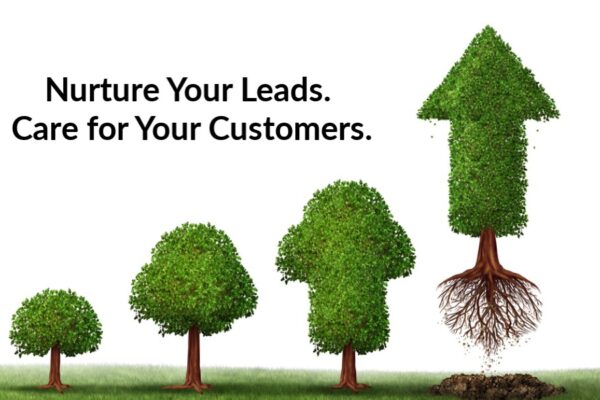
#9: Nurture Leads and Follow Up with Buyers
The fortune’s in the follow up, of course. If you don’t have a follow-up sequence for buyers and prospects, you’re leaving easy money on the table.
Reach out and connect with your audience through:
- Receipt emails
- Shipping emails
- Wishlist reminders
- Reach out to repeat customers
- Reward referrals
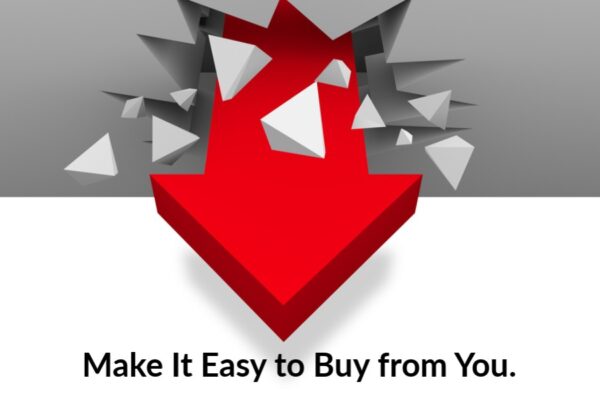
#10: Make it Easy for Them to Buy from You
- Simplify your checkout process. Make it as seamless and easy as possible. Configure your order form with drop-downs and auto-populated fields to minimize how much typing customers have to do.
- Don’t make them register to buy. Let customers buy as guests but also offer them the option of registering to hear about specials, new products, and loyalty rewards.
- Take the risk away by giving an ironclad guarantee. Obviously, if you’re selling on Amazon, that’s taken care of already. That’s one reason shoppers buy there. But if you’re selling from your own website or on a platform that allows you to create your own return policy, make sure you’re generous with it. It just makes sense. While shoppers don’t know you, they DO know how hard they worked for their money. Help them feel safe buying from you by assuming the risk rather than foisting it onto them.
- Offer multiple payment options. The last thing you want is for a buyer to get all the way to checkout and then balk because you only accept… eggs or Bitcoin for payment. An exaggeration, of course, but you get the idea. It’s smart to accept all credit cards and PayPal, at a minimum. Of course, your payment processor will determine your options. Just keep in mind that more options will boost your sales.
- Pick up their shipping. According to Emarketer.com, more than half of US households will be Amazon Prime members in 2019. Fast, free shipping is a beautiful thing. If you’re not selling on Amazon, know that your competitors probably are - and their customers are getting free shipping.

Wrapping It Up
You had your reasons for starting your business. Maybe you wanted an alternative to working for someone else. Maybe you’ve got a passion for the niche your business serves. Maybe it was the prospect of creating immense wealth that drew you onto this path.
But if you’re struggling to make enough sales for your business to work, it’s no surprise if the satisfaction and hope you felt when you launched are fading. No wonder you’ve been desperate to find a way to boost e-commerce sales.
You’ve been in this long enough to see the challenges. You’ve probably suspected that if you just had more cash on hand, it would be easy to overcome them. Give some thought to looking at leverage options - even if you’ve never considered seeking funding before. With that extra margin, you can invest in some of the strategies discussed above and turn the tide for your revenue numbers.
But before you choose sales-boosting strategies to pursue, take a close look at your brand. If you need to make adjustments to better connect with and serve your audience, do that work first. When you make the shift from selling products to building a brand, you’ll find that any tactic you go with will work far better.
So, what are your thoughts? What will you do now to boost ecommerce sales?
